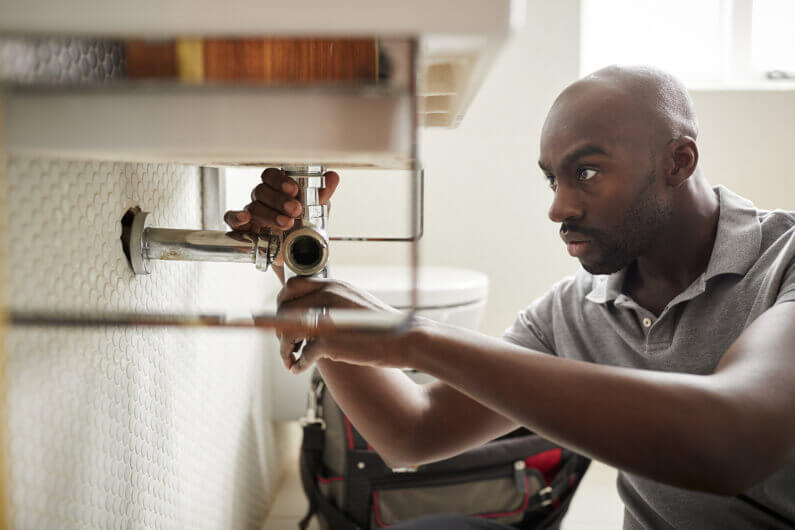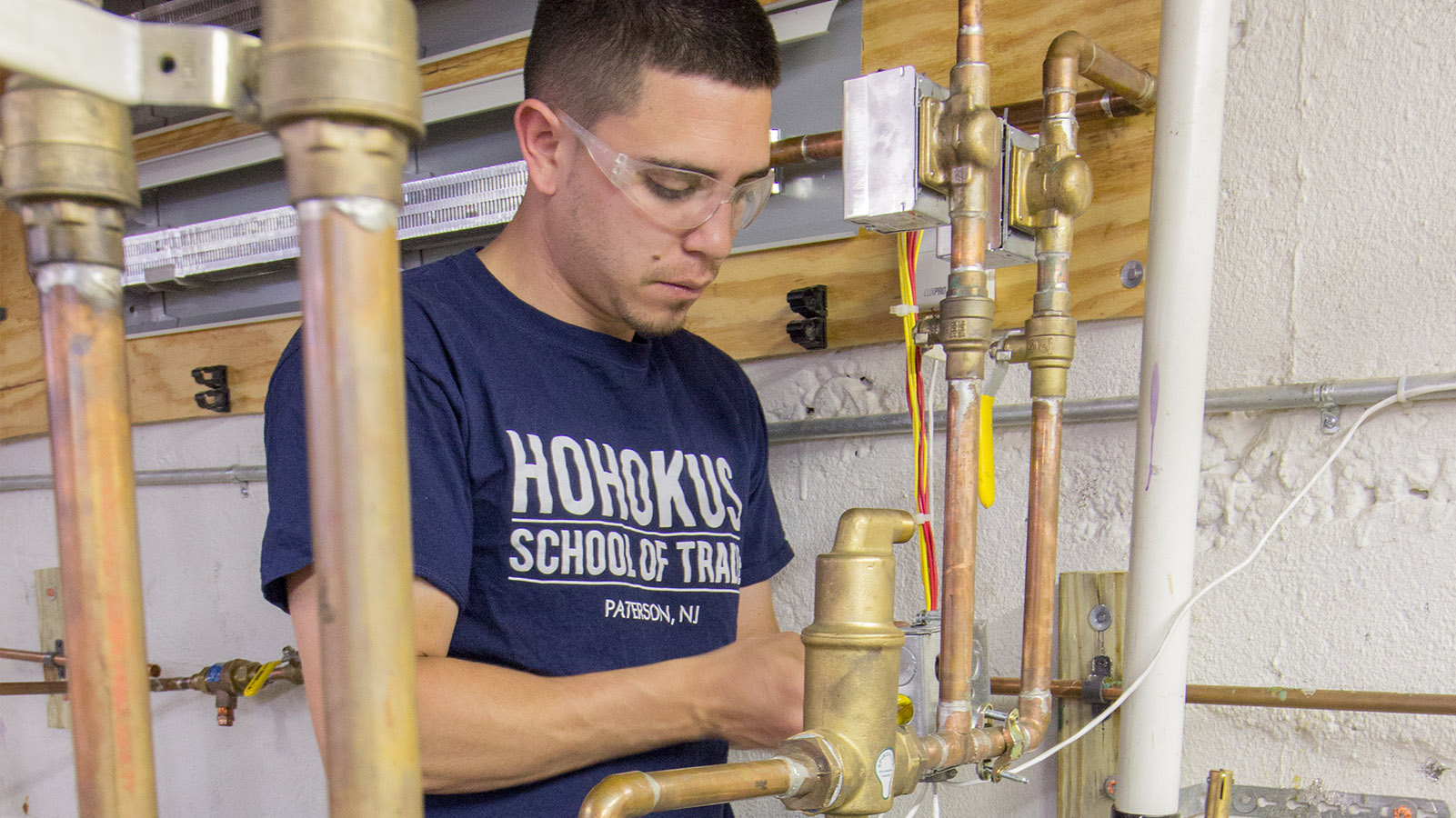Complete Plumbing Alabaster AL Solutions for Your Home
Complete Plumbing Alabaster AL Solutions for Your Home
Blog Article
A Step-by-Step Guide to Efficient Hot Water Heater Installation for Optimal Efficiency
Getting started on the task of installing a water heater is a venture that requires precision and a systematic approach for attaining optimum performance. As you proceed, the complexities of attaching water supply lines and setting up dependable electrical or gas links await, appealing insights into making sure performance and reliability.
Choosing the Right Water Heating Unit

Following, take into consideration the size and capacity of the water heater. It's important to examine your household's warm water demands, which can vary based on the number of owners and their usage patterns. A system that's as well small may bring about inadequate warm water, while an oversized model could cause unnecessary energy consumption.
Performance ratings also play a pivotal role in selection. Look for water heaters with high Power Variable (EF) scores, indicating premium efficiency and reduced energy use. Tankless models, though normally extra pricey ahead of time, deal considerable energy savings with time because of their on-demand heating capacities.
Preparing the Installation Location
Prior to installing a brand-new water heating unit, careful preparation of the setup location is crucial. It's important to measure the room thoroughly to suit the water heating system's measurements, making sure adequate clearance around the unit for reliable operation and servicing.
Next, eliminate any kind of debris, dirt, or blockages from the site to create a tidy atmosphere. Inspect the floor for security, as the hot water heater will certainly require a solid, degree surface area to operate properly. If essential, mount a drip frying pan under the system to catch possible leaks or spills, protecting against water damages to the surrounding location. In regions prone to seismic task, consider mounting seismic straps to protect the heater firmly in position.
In addition, ensure that all needed devices and materials get on hand prior to starting the installment. This consists of things such as wrenches, screwdrivers, a degree, and any type of added equipment needed for installing and securing the heater. A well-prepared installment area establishes the foundation for a successful water heating system configuration, enhancing efficiency and safety and security.
Connecting Supply Of Water Lines
When attaching supply of water lines to your freshly set up water heating unit, it is important to guarantee that all connections are safe and leak-free to maintain efficient operation and here protect against water damage. Begin by determining the chilly and hot water system lines. The cold water inlet is commonly noted with a blue tag or a "C", while the hot water outlet is marked with a red tag or an "H".
Usage versatile water heating system connectors to help with an easier installment process. Prior to connecting the ports, place a plumbing's tape around the threaded ends of the water heater's inlet and electrical outlet pipes.
When links are in location, slowly activate the main water supply shutoff. Examine each connection for leakages by visually really feeling and checking for moisture. Tighten up connections as essential, and make sure the pressure safety valve is appropriately mounted, securing versus too much stress accumulation.
Setting Up Electric or Gas Links
Appropriately setting up the electrical or gas connections for your water heating system is a vital action to guarantee effective and secure operation. For electrical water heaters, start by verifying that the electric circuit is suitable with the heater's voltage and amperage demands.
For gas water heaters, security is vital. Attach the gas line to the water heater making use of a versatile gas adapter, ensuring it is properly threaded and sealed with pipeline joint substance or Teflon tape suitable for gas links.
When connections are made, check for any prospective leakages. For gas lines, apply a soapy water remedy to the joints; bubbles suggest a leakage. For electric links, confirm that all wiring is safe and properly shielded, keeping conformity with neighborhood electrical codes.
Adjusting and checking for Performance
With the electric and gas links safely in location, the following step is examining the operational performance of your water heater. Begin by very carefully activating the water system and making sure there are no leakages at any of the valves or joints. As soon as confirmed, proceed to load the this content tank, taking notice of the pressure and temperature level settings. It is a good idea to set the thermostat to a recommended temperature level of around 120 ° F(49 ° C) to stabilize energy efficiency and convenience.
Following, do a complete assessment to make certain the burner or gas heaters are operating correctly. For electrical heating systems, use a multimeter to confirm if the aspects are attracting the suitable existing. In gas designs, observe the heater fire; it needs to be steady and blue, showing reliable burning.
Change the setups as needed to remove inefficiencies. Consider executing insulation steps, such as including a water heater blanket, to additionally improve efficiency by lessening heat loss. Additionally, examine the anode rod's problem, as a scrubby pole can minimize performance and cause storage tank rust.
Final Thought
Reliable water heater installation is important for making sure optimum efficiency and power financial savings. Firmly attaching water supply lines and carefully establishing up electrical or gas links minimize potential issues.

Appropriately establishing up the electric look at this site or gas links for your water heating system is a vital action to make certain efficient and safe operation. For electric water heaters, begin by validating that the electric circuit is suitable with the heating system's voltage and amperage demands. Link the gas line to the water heater using a versatile gas connector, ensuring it is correctly threaded and sealed with pipe joint compound or Teflon tape ideal for gas links.
Report this page